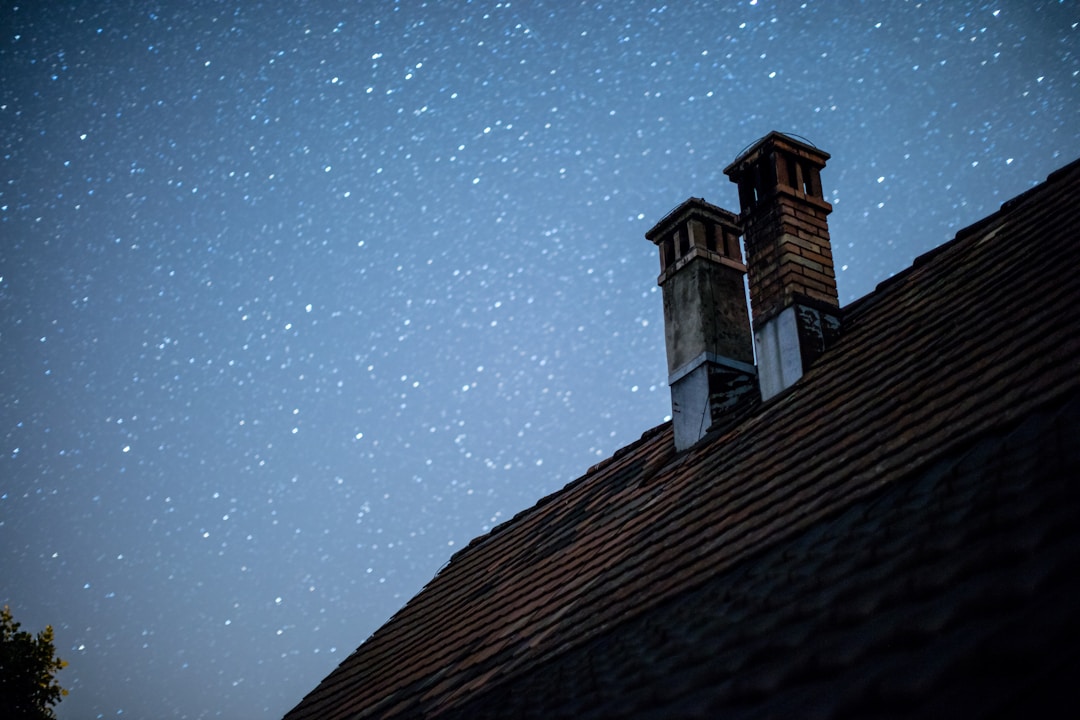Preventing fires in the home is something that’s incredibly important for homeowners. Not only does this provide a financial defense against the cost of starting over, but fire prevention is important for sentimental reasons as well. Fire safety should be a top priority for all homeowners in every part of the country.
Your home is the space in which your family has seen triumph and challenge, and each family member grows and changes—all within walls of the home that you share with one another. While some of the key resources in fighting fires in the home remain common knowledge, a fire can start anywhere, and with little warning. This means that you need a lot of information in order to keep your family, belongings, finances, and memories safe from the awful power of the flame.
Keep your chimney clean at all times.

Sadly, even though a fire in the chimney can be easily prevented, there are more than 20,000 chimney fires in the United States every year. A chimney fire can be devastating for a homeowner. The chimney wall is often coated in a layer of soot that goes unseen by those sitting comfortably in the living or dining room. Yet after a fire has burned out and your family retires for the evening, ashes and debris that are leftover in the fireplace or those that have made their way up the chimney can continue to smolder unnoticed.
A chimney fire is one that almost always catches the homeowner off guard, and it’s a tricky piece of work to combat because of its location within the chimney. Cleaning is crucial in preventing a chimney fire, because the fuel for these events often comes from the soot on the chimney wall liner. This means that chimney fires must either be prevented in advance or capped from the top and bottom in order to eliminate the oxygen—a difficult feat to accomplish.
Utilize a survey of your home’s exterior.

The foliage around your home also beautifies the property. Still, these decorative plants and pleasant smelling flowers can also act as a liner to carry fire from the exterior of your property is through a window or weak point in the construction. Homeowners work hard to build up well-kept flower boxes and garden beds (and there are ample resources on great landscaping to help you craft these beautiful front and back yard scenes). Still, too often the role that plants around the home can play in the spread of a fire is left out of the equation.
When considering fire safety, it’s essential to remember that organic materials (wood, dry grass, mulch, etc.) often act as spreaders when it comes to an intense blaze. These fire hazards offer the flames a powerful vector through which movement from one object or area to another can be achieved at a rapid pace. Keeping your garden beds well hydrated and maintaining a space that separates the walls of your home from the plants themselves can be all that it takes to contain an exterior fire in its place and protect your home from too much damage (aside from any smoke or dangerous fumes that are able to penetrate through open windows or doors).
Preventing house fires is a job that requires forethought and a commitment to preventative action. While sheer dumb luck can play a role in any fire, like those started by a lightning strike, for instance, the out of control nature of a blaze can be contained with a plan for dealing with the spread and damage that these events can cause. Keep your family out of harm’s way by learning all you can about fire safety as soon as possible.




